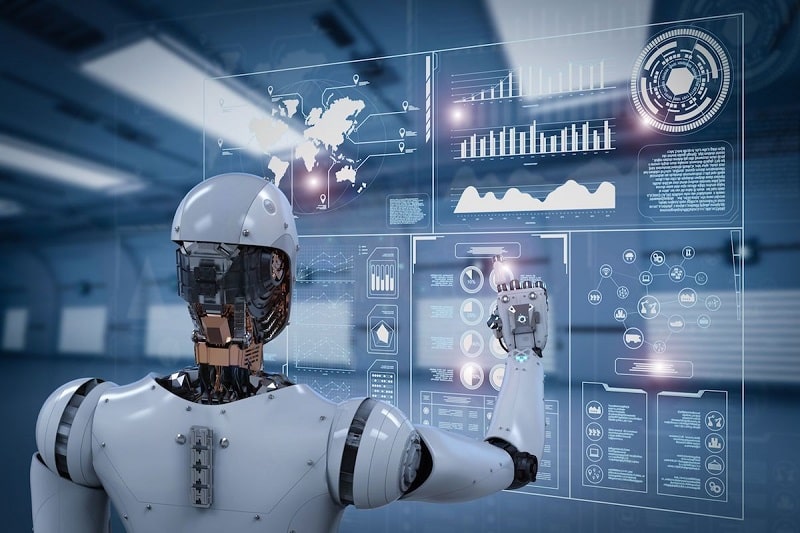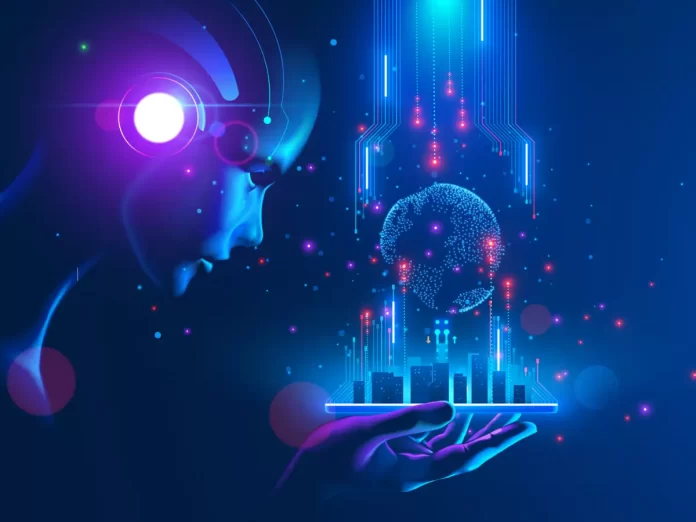Introduction
Artificial Intelligence (AI) has emerged as a transformative force in various industries, revolutionizing the way we live and work. As AI continues to advance rapidly, it brings both challenges and opportunities to the job market. While some fear that AI will replace human jobs, others believe it will create new roles and enhance productivity. In this article, we will delve into the impact of AI on the job market, exploring the challenges it presents and the exciting opportunities it offers.
The Challenges
Automation and Job Displacement: One of the primary concerns associated with AI is the potential for automation to replace human workers. Tasks that were once performed by humans can now be automated, leading to job displacement in certain sectors. This has raised concerns about unemployment and the need for upskilling and retraining.
Skills Mismatch: The rapid advancement of AI technologies often outpaces the development of human skills. Many traditional job roles may become obsolete, requiring workers to acquire new skills to remain relevant in the evolving job market. Bridging the gap between the skills needed for AI-driven jobs and the existing workforce is a significant challenge.
Inequality and Job Polarization: AI’s impact on the job market is not evenly distributed. Certain sectors and occupations are more susceptible to job displacement, leading to job polarization. Low-skilled, routine tasks are more likely to be automated, while high-skilled jobs requiring creativity, complex problem-solving, and emotional intelligence tend to be less affected. This can exacerbate inequality and create a divide between those who can adapt to AI-driven jobs and those who cannot.
The Opportunities
New Job Roles and Industries: While AI may displace some jobs, it also opens up new opportunities for employment. AI technologies require skilled professionals to develop, maintain, and enhance them. New job roles such as AI engineers, data scientists, and machine learning specialists have emerged. Industries like robotics, autonomous vehicles, healthcare diagnostics, and cybersecurity are experiencing significant growth, offering exciting prospects for job seekers.
Augmentation of Human Abilities: Rather than replacing humans, AI has the potential to augment human capabilities and enhance productivity. By automating repetitive tasks, AI frees up human workers to focus on more creative, strategic, and complex responsibilities. This can lead to greater job satisfaction, improved efficiency, and increased innovation.

Enhanced Decision Making: AI’s ability to process vast amounts of data and identify patterns can significantly improve decision-making processes across industries. AI-powered analytics can provide valuable insights, enabling businesses to make data-driven decisions, increase efficiency, and drive growth. This creates a demand for professionals skilled in leveraging AI tools for decision support.
Economic Growth and Job Creation: As AI technologies continue to evolve, they have the potential to fuel economic growth and job creation. AI-driven industries and businesses can become more competitive, leading to increased productivity and revenue. Additionally, the development and deployment of AI systems require a diverse range of workers, from researchers and developers to trainers and implementers, resulting in job opportunities throughout the AI ecosystem.
Addressing the Challenges and Maximizing Opportunities
Lifelong Learning and Skill Development: To mitigate the impact of AI on the job market, a focus on lifelong learning and skill development is crucial. Governments, educational institutions, and businesses need to collaborate to provide accessible and relevant training programs to reskill and upskill the workforce. This will enable individuals to adapt to changing job requirements and secure employment in AI-driven industries.
Human-Centric AI Design: AI technologies should be designed with a human-centric approach, emphasizing collaboration between humans and machines. By integrating AI into workflows and augmenting human abilities, organizations can ensure that workers remain valuable contributors while leveraging AI’s potential.
Social Safety Nets and Policy Frameworks: As job displacement may occur, it is essential for governments to establish social safety nets and policy frameworks to support workers during transitions. Policies that encourage entrepreneurship, innovation, and the creation of new job opportunities can help address the challenges and maximize the benefits of AI on the job market.
Conclusion
The impact of artificial intelligence on the job market presents both challenges and opportunities. While there are concerns about job displacement and skills mismatch, AI also creates new job roles, augments human abilities, enhances decision-making, and drives economic growth. By focusing on lifelong learning, human-centric design, and supportive policies, we can navigate the challenges and maximize the opportunities brought forth by AI, ensuring a future where humans and machines work together harmoniously to create a prosperous society.

